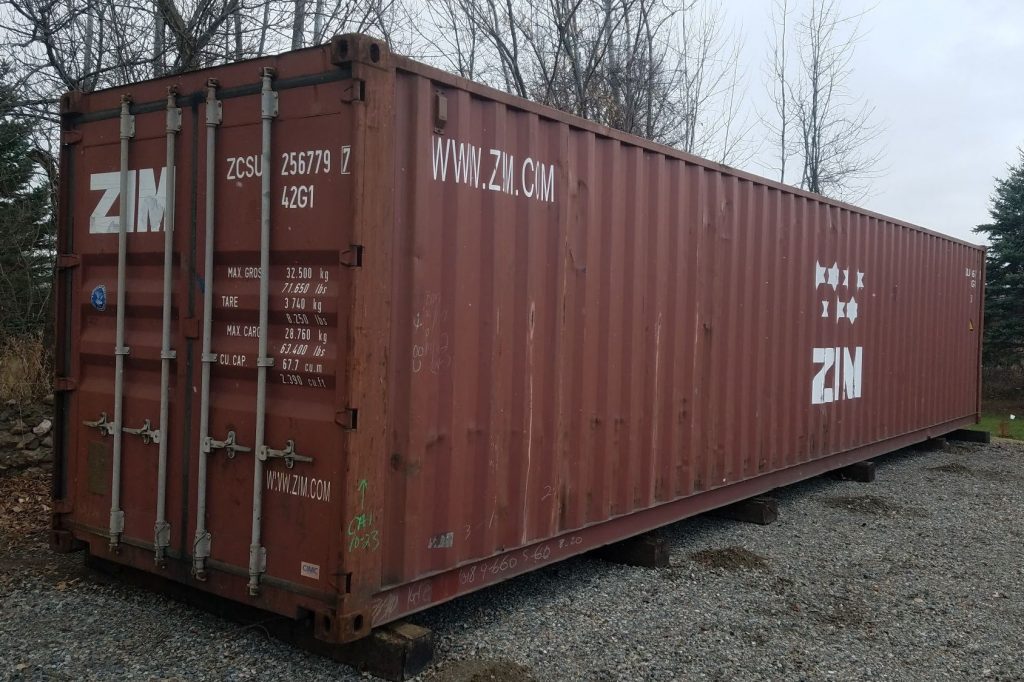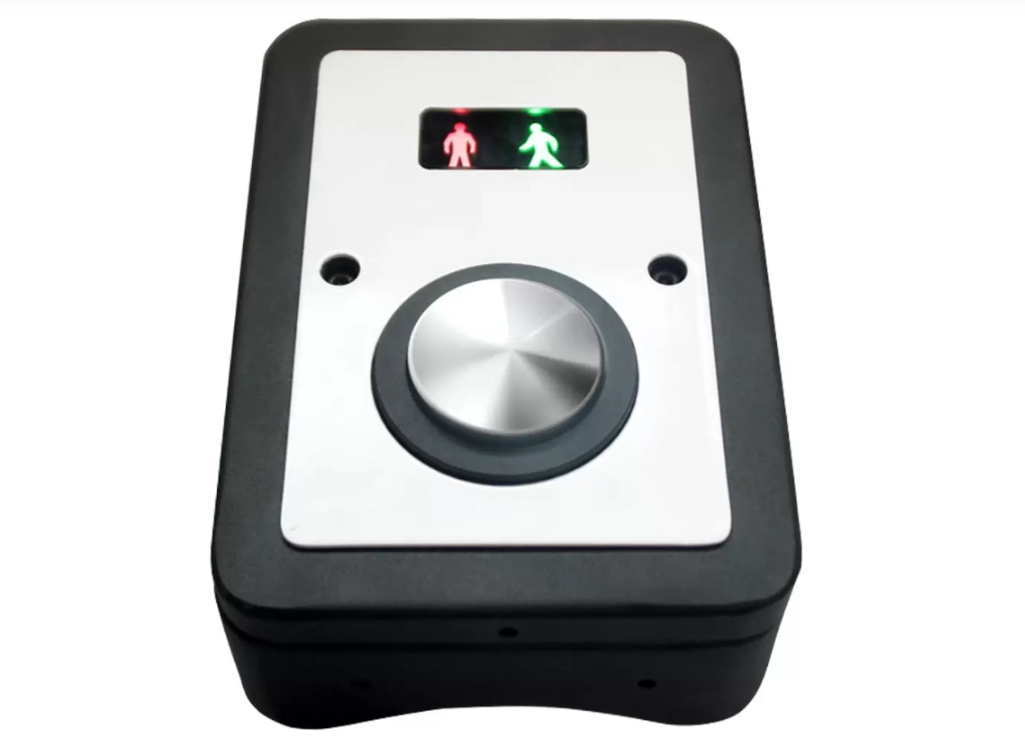Mastering the Art of Securing Furniture in Shipping Containers
2 min read
Shipping furniture can be a challenging task, as it requires careful planning and execution to ensure the items arrive at their destination in pristine condition. In this blog post, we will explore the best practices and techniques for securing furniture in a shipping container, providing you with the knowledge and expertise to protect your valuable assets during transit.
- Assessing the Furniture:
Before securing furniture in a shipping container, it is crucial to assess the items thoroughly. Start by examining the dimensions, weight, and fragility of each piece. This assessment will help determine the appropriate packing materials and securing methods required. - Disassembling and Packing:
To maximize space utilization and minimize the risk of damage, disassembling furniture is often necessary. Carefully dismantle larger items, such as tables or bed frames, and pack them securely. Use high-quality packing materials, such as bubble wrap, foam padding, and corrugated cardboard, to protect each component from scratches, dents, and other potential hazards. - Wrapping and Cushioning:
Once the furniture is disassembled and packed, it is essential to wrap each piece individually. Start by covering the furniture with a protective layer, such as furniture blankets or moving pads, to prevent surface damage. Additionally, use stretch wrap or plastic film to secure the protective layer in place. This step adds an extra layer of cushioning and stability during transportation. - Securing Techniques:
To prevent furniture from shifting or moving within the shipping container, various securing techniques can be employed: a. Blocking and Bracing: Use wooden blocks or braces to create a stable foundation within the container. These blocks will prevent furniture from sliding or tipping over during transit. b. Strapping and Tie-Downs: Utilize heavy-duty straps or tie-downs to secure furniture to the container's walls or floor. Ensure the straps are tightened adequately to prevent any movement during transportation. c. Airbags and Dunnage Bags: Inflatable airbags or dunnage bags can be strategically placed between furniture pieces to fill gaps and provide additional support. These bags absorb shocks and vibrations, minimizing the risk of damage. d. Palletization: For larger shipments, consider palletizing the furniture. This method involves placing furniture on pallets and securing them with straps or shrink wrap. Palletization facilitates easy handling, loading, and unloading of the items. - Labeling and Documentation:
Proper labeling and documentation are essential for efficient handling and tracking of the shipment. Clearly label each package with its contents, destination, and handling instructions. Additionally, maintain detailed documentation, including an inventory list and photographs of the furniture, for insurance purposes and potential claims.
Conclusion:
Securing furniture in a shipping container requires careful planning, attention to detail, and the use of appropriate techniques. By following the best practices outlined in this article, you can ensure that your furniture arrives safely and intact at its destination. Remember to assess the furniture, pack it properly, utilize securing techniques, and maintain accurate documentation throughout the process. With these measures in place, you can have peace of mind knowing that your furniture is well-protected during transit.

